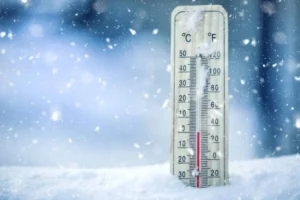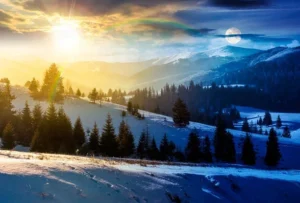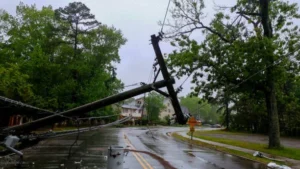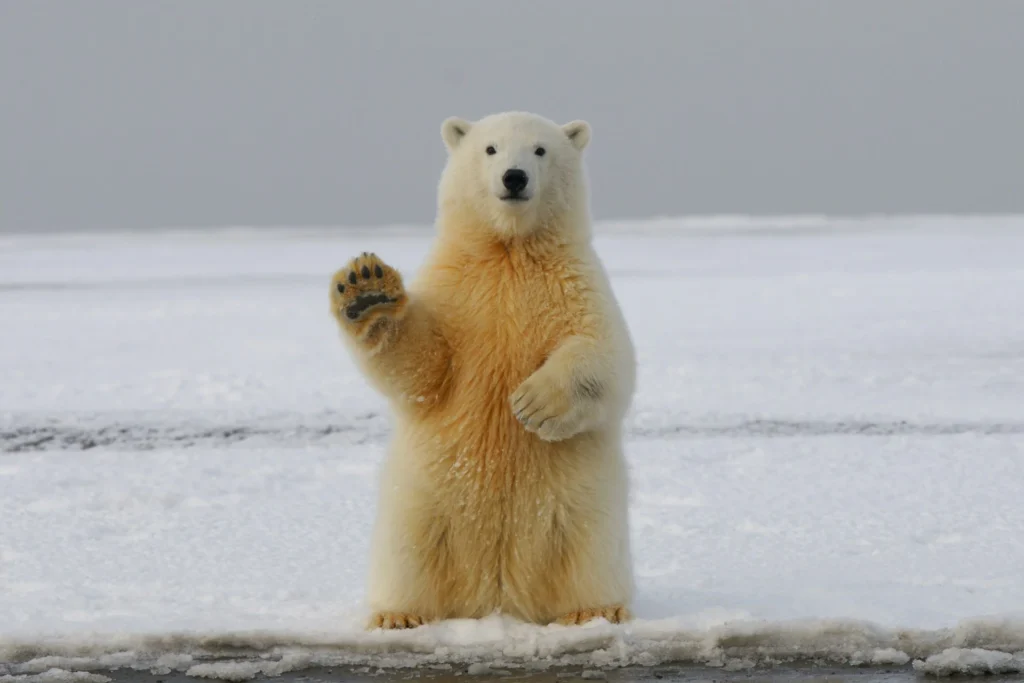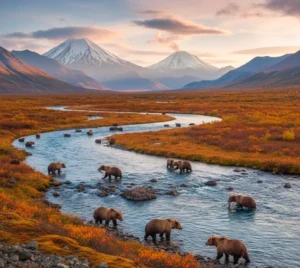Table of Contents
Let’s talk about one of the most unique and fascinating bonds in the natural world—the connection between polar bears and Native Alaskan communities. For centuries, these incredible animals have played an essential role in the lives of indigenous people, not just for survival but as symbols of strength, culture, and respect for nature.
Why Alaskan Polar Bears Matter in the Arctic?
Polar bears in the state of Alaska are not just the “kings of the Arctic”—they’re a vital part of the ecosystem. As top predators, they keep the balance by hunting seals, which prevents overpopulation and keeps the ecosystem healthy.
For Native Alaskan communities, they are more than just animals; they are symbols of survival and resilience. Living in such harsh conditions, these bears embody qualities that resonate with the people who share their icy home.
Cultural Importance of Polar Bears in Alaska
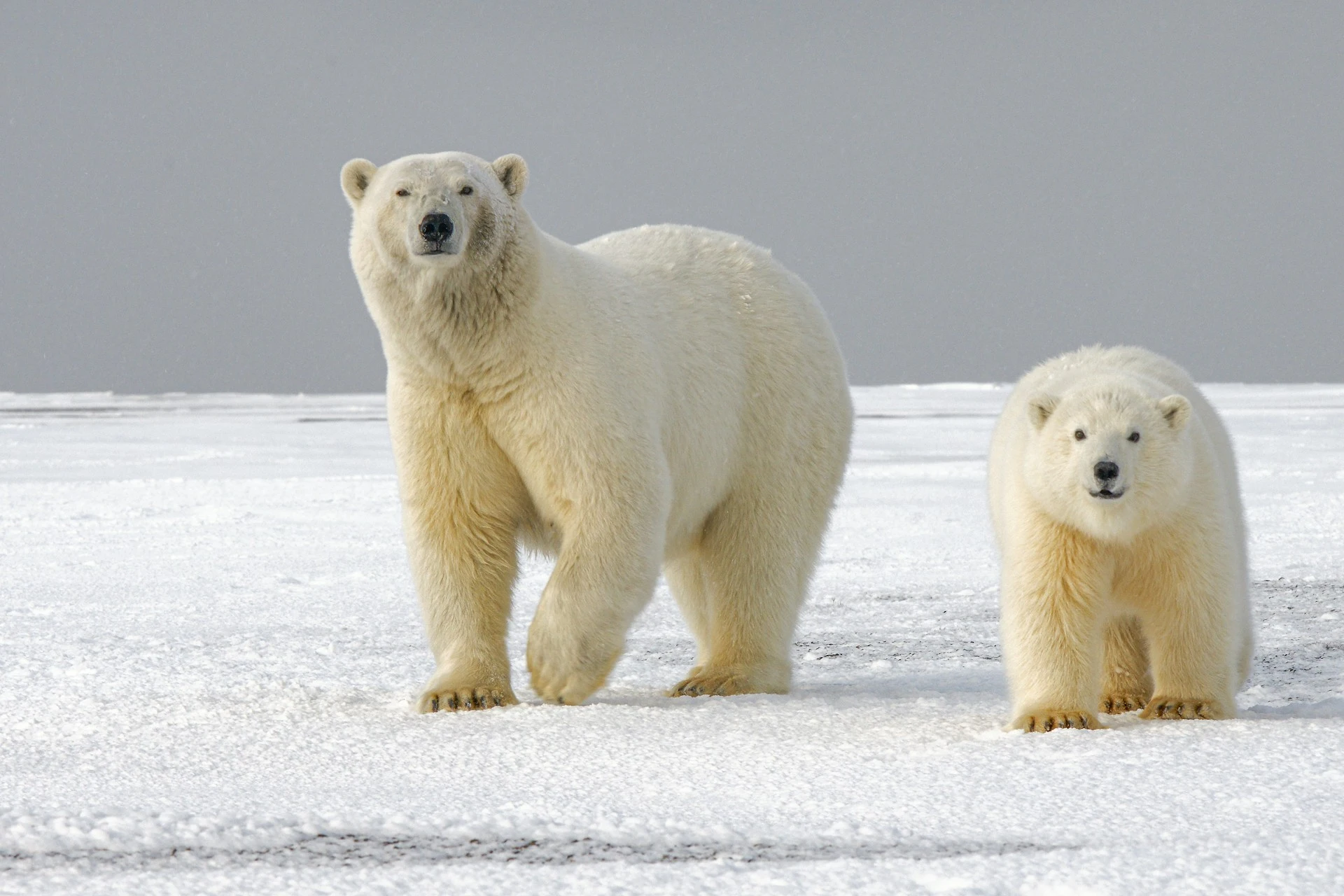
Native Alaskans have always viewed them with deep respect. Here’s why:
Legends and Stories
They feature heavily in folklore. In many tales, they’re seen as wise, powerful beings—sometimes even capable of shape-shifting into humans. These stories are not just entertainment; they pass down lessons about respect for nature and the importance of balance in life.
Art and Creativity
They inspire beautiful art in Native Alaskan culture. You’ll find their images carved into ivory, painted on traditional tools, and woven into ceremonial garments. These artistic creations are more than decorative—they’re a way of honoring the bears.
How Polar Bears Have Helped Native Alaskans to Survive?
Living in the Arctic is no easy feat, and polar bears have played a big role in helping Native Alaskans adapt to their environment.
Providing Food and Warmth
Polar bear hunting in Alaska is essential for survival:
- Meat: Polar bear meat is an important source of food, especially during harsh winters.
- Fur: Their thick fur are used to make warm clothing and blankets, perfect for the freezing Arctic climate.
- Fat: Bear fat is used as a source of energy and even as fuel for lamps.
Nothing is Wasted in Alaska
Native Alaskans have made use of every part of the bear. Bones are turned into tools, and claws are used in jewelry or ceremonies. This practice isn’t just practical—it shows respect for the animal’s sacrifice.
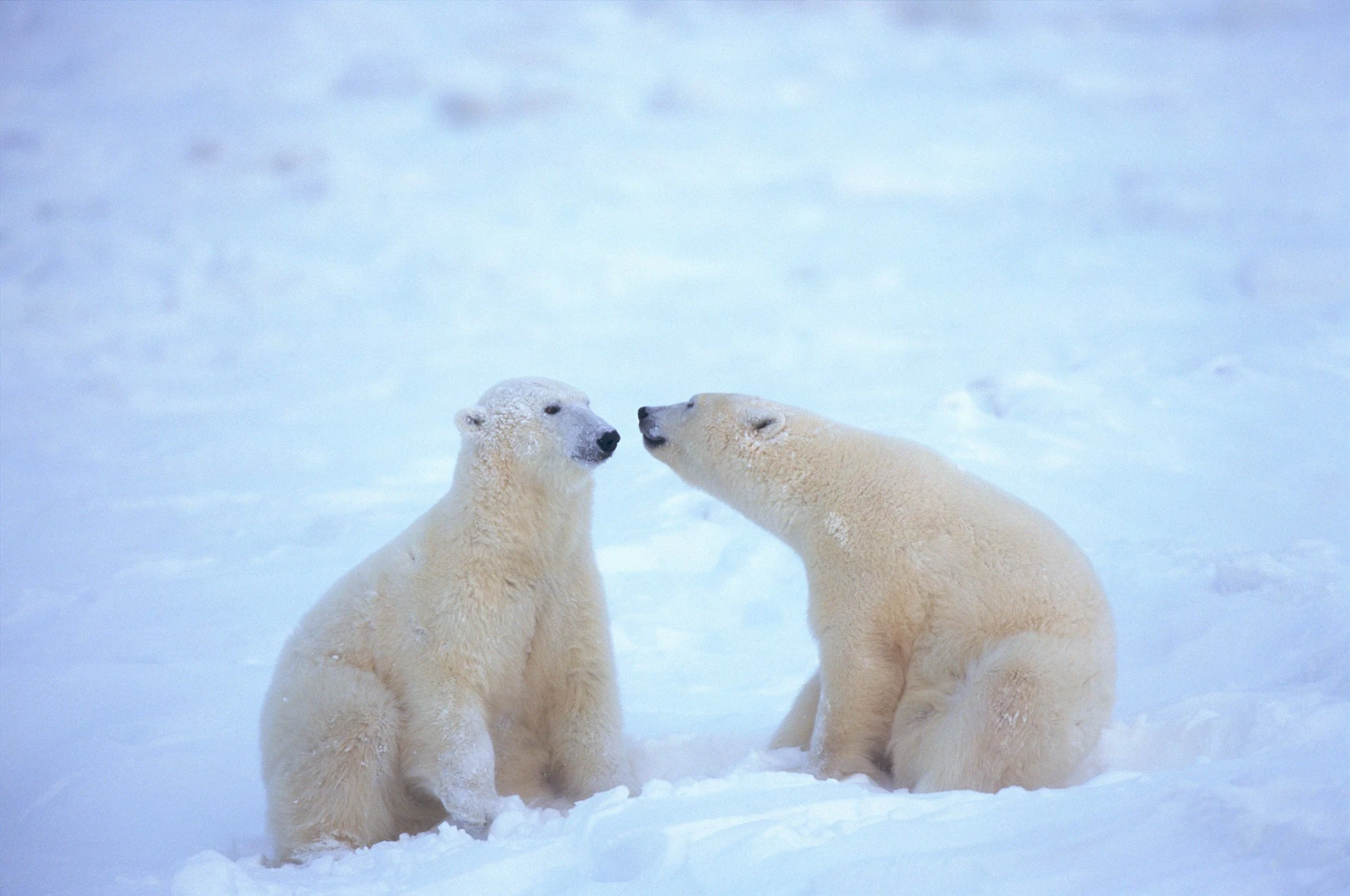
Traditional Hunting Practices
Traditional hunting practices are an essential part of life for Alaska’s Native people, who have been hunting for over 15,000 years for survival, not sport
- Respect for Nature: Native Alaskans believed in taking only what was needed and never overhunting.
- Rituals: Before and after a hunt, ceremonies were performed to honor the bear’s spirit. This ensured a balance between humans and nature.
- Knowledge of the Environment: Hunters relied on their deep understanding of sea ice patterns, bear behavior, and seasonal changes to track and hunt responsibly.
Challenges in a Changing World
While this relationship has lasted for centuries, the Arctic is facing unprecedented changes—and both polar bears and Native Alaskan communities are feeling the impact.
Climate Change and Melting Ice
They depend on sea ice to hunt seals, but with rising temperatures, that ice is disappearing. This forces bears to travel farther for food and brings them closer to human settlements, creating new risks for both.
Disruption of Traditions
The changing climate also affects Native Alaskans. Traditional hunting routes are becoming unsafe, and the natural rhythms they’ve relied on for generations are shifting. It’s not just a physical loss—it’s a cultural one.
Modern Solutions: Working Together for the Future
Despite these challenges, there’s hope. Native Alaskan communities and conservationists are teaming up to protect both polar bears and the cultural traditions tied to them.
Conservation Efforts
Efforts are underway to:
- Protect Polar Bear Habitats: By preserving the sea ice and minimizing human impact, we can help them thrive.
- Monitor Populations: Scientists and indigenous hunters work together to track bear numbers and migration patterns.
Balancing Tradition and Conservation
Native Alaskans are allowed to hunt them under strict regulations. This ensures that cultural practices continue without endangering the species.
Lessons From This Unique Bond
The relationship between polar bears and Native Alaskans teaches us some valuable lessons:
- Respect for Nature: Native Alaskans show us how to live in harmony with the environment.
- Sustainability: Taking only what’s necessary and using every part of a resource ensures balance.
- Adaptation: Both polar bears and Arctic communities are finding ways to survive in a rapidly changing world.
Conclusion
The story of polar bears and Native Alaskan communities is one of resilience, respect, and connection. While climate change and modern challenges threaten this relationship, there’s hope through collaboration and sustainable practices.
They and the people who share their homes have much to teach us about survival and the importance of living in balance with nature. By supporting conservation efforts and respecting indigenous traditions, we can ensure this extraordinary bond continues for generations to come.
The Arctic may be changing, but with care and effort, its legacy of resilience will endure.

